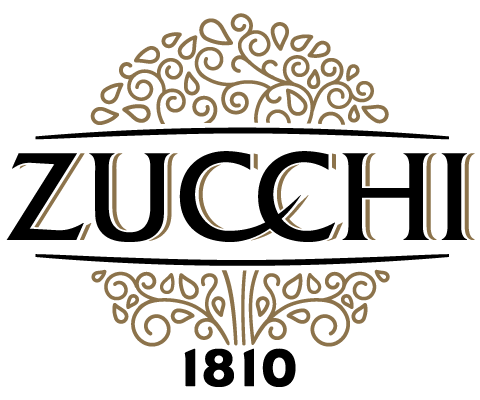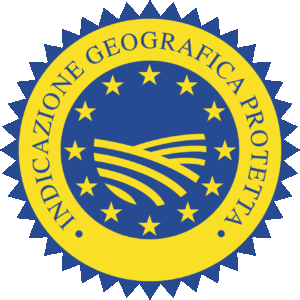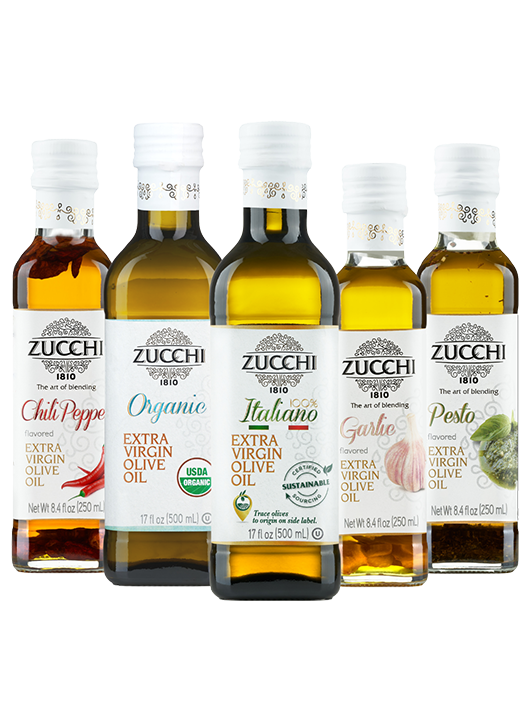What is IGP Olive Oil?
When shopping for European food products, it’s common to see the acronym “IGP” or “PGI” on the label. In fact, here at Zucchi 1810, we have a few extra virgin olive oils with this designation. So what exactly does IGP mean and how does it apply to olive oil? Let us explain!
April 20, 2022



